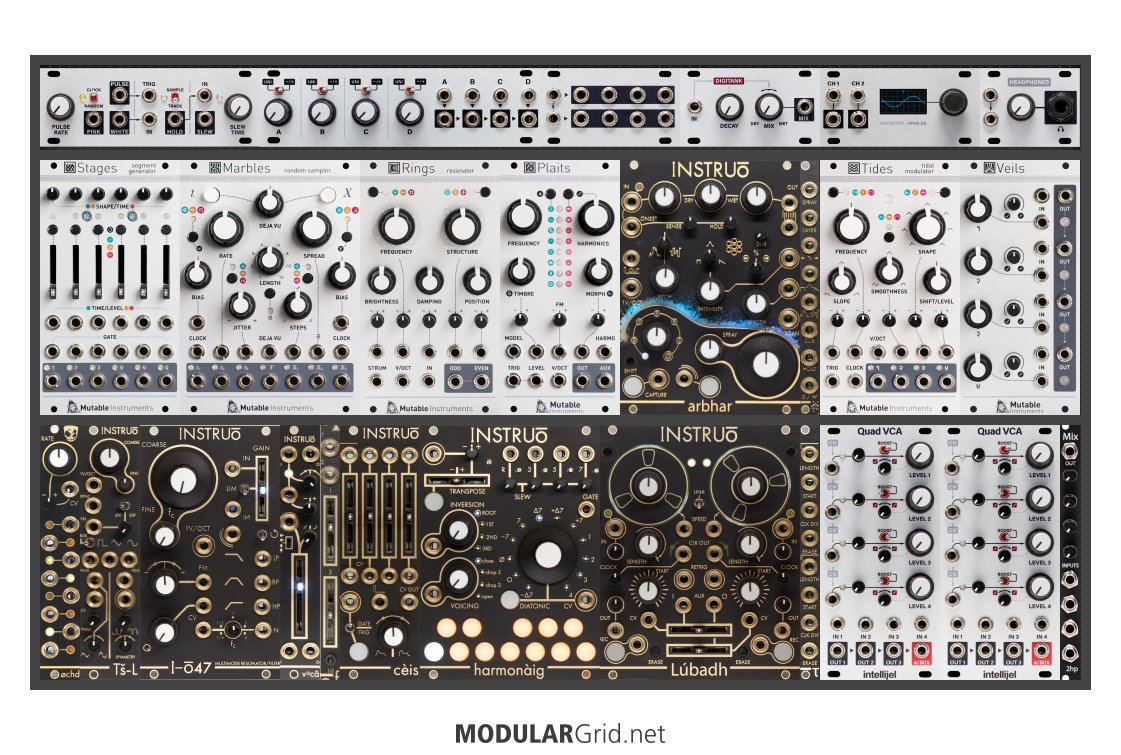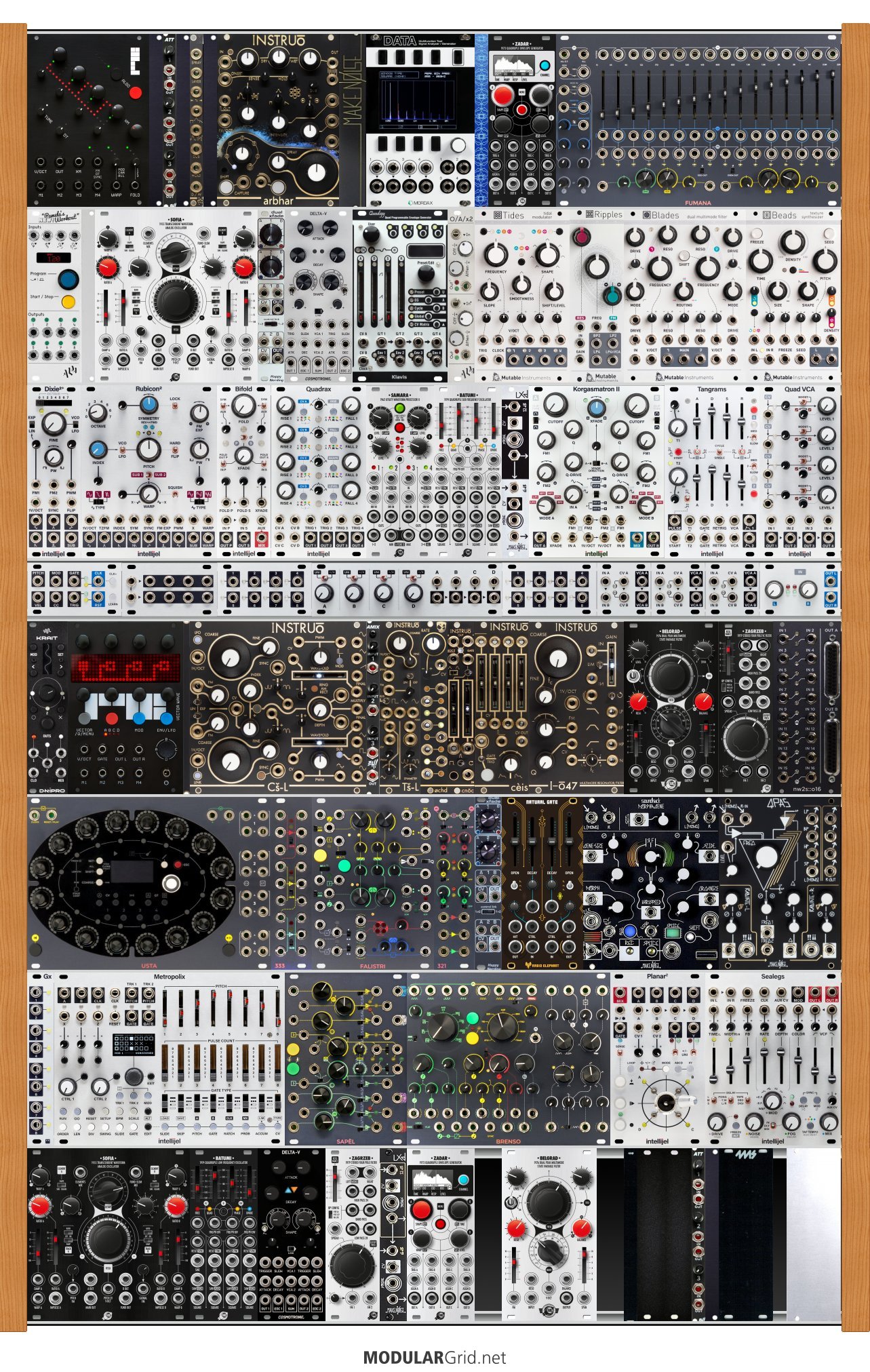Hi Studio Utopia,
Wow! Bloody Nora! That's some nice and interesting music you provided there via your above link with some nice creative content in most of your tracks. I am not just miles away from what you can do here, I am light years away from that :-) !
Having said that... why do you "need" more modules to add? It sounds already fantastic, no? Well I feel it does. Perhaps the only hint I can give is: Just dare what you like to do, add some modules that you like or think can even boost up more your creativity and let us hear it once you have explored your new modules in combination with your already existing setup. I am sure that will sound even better with more nice surprises up your sleeve! :-)
Speaking of such, perhaps the only other feedback I can provide is that, at least for me, I wouldn't mind if you dare to put here and there yet another nice surprise sound or kind of change in the music, to give it a little extra touch of variety (unless you want on purpose to keep it a bit minimalistic); but this is complaining at a high level. It's already very good.
Sorry that I can't give you advice on specific modules you could add, I actually don't think you need any kind of advice, just follow your guts and I am sure you will surprise us with some more fantastic tracks!
One little question, that woman voice that speaks numbers in your track 20191224 - Eve (Tidal), with which module did you manage to do that? Good track that Eve, same goes for Many Happy Returns. Nice stuff!
Kind regards, Garfield Modular.


